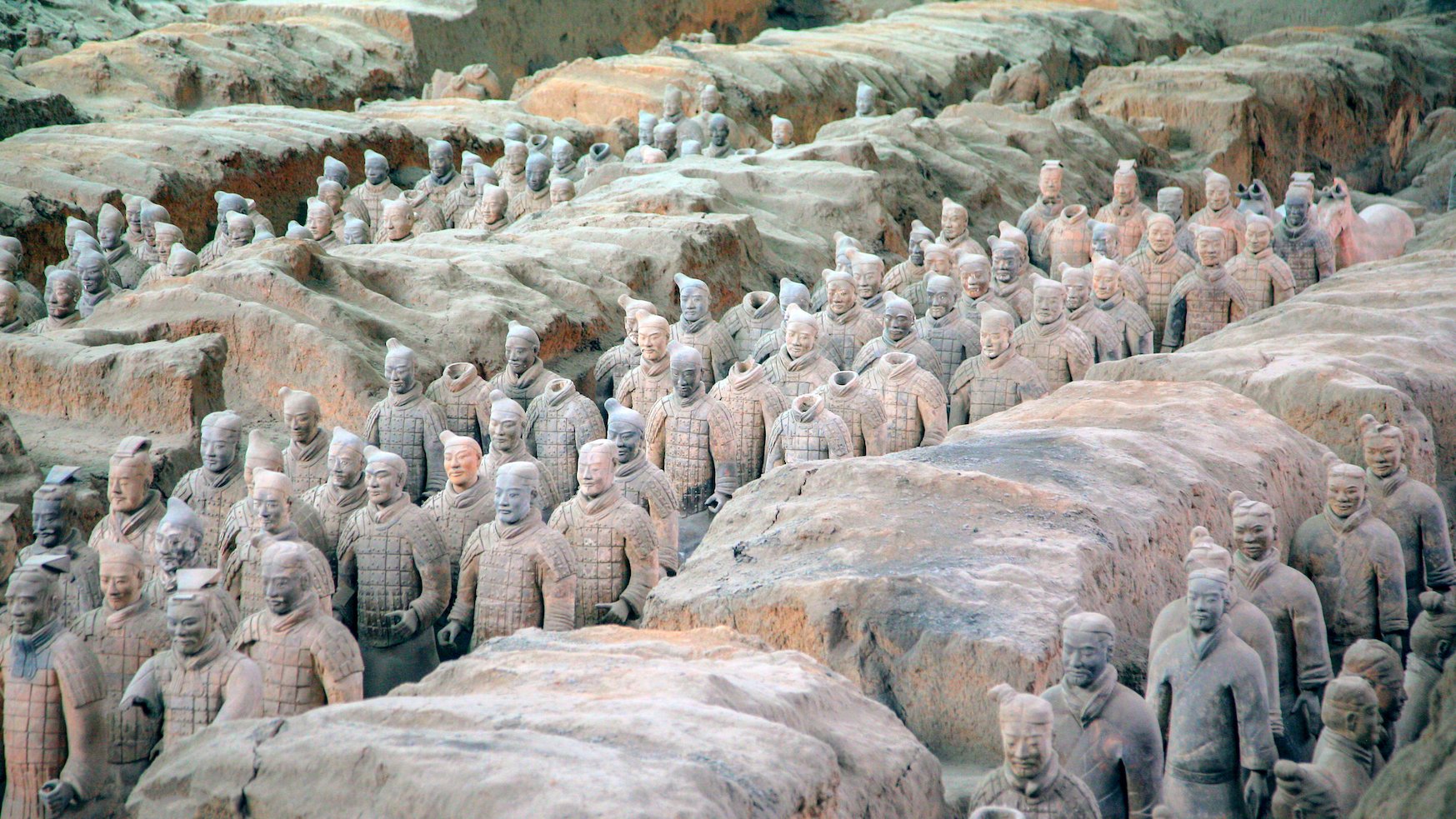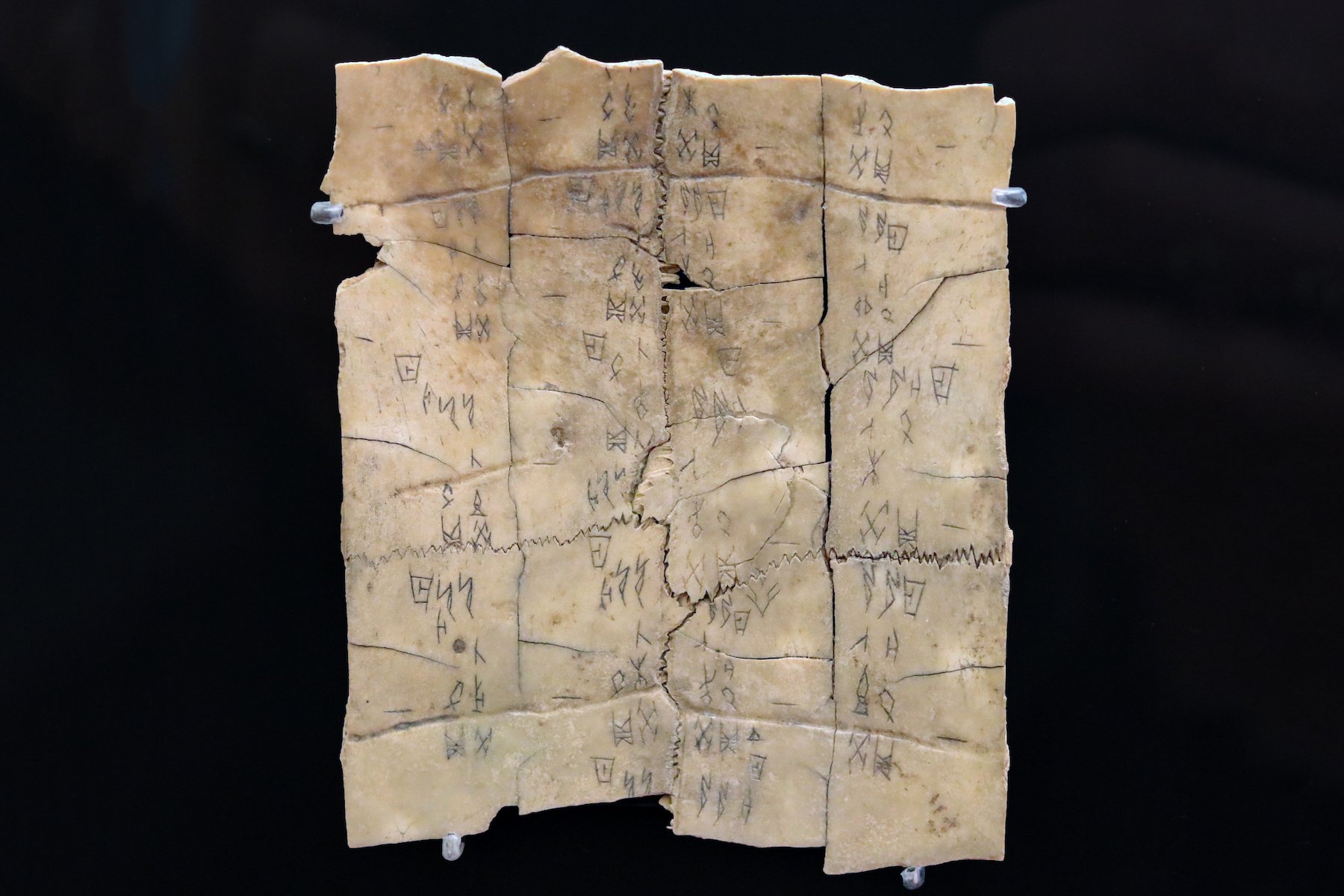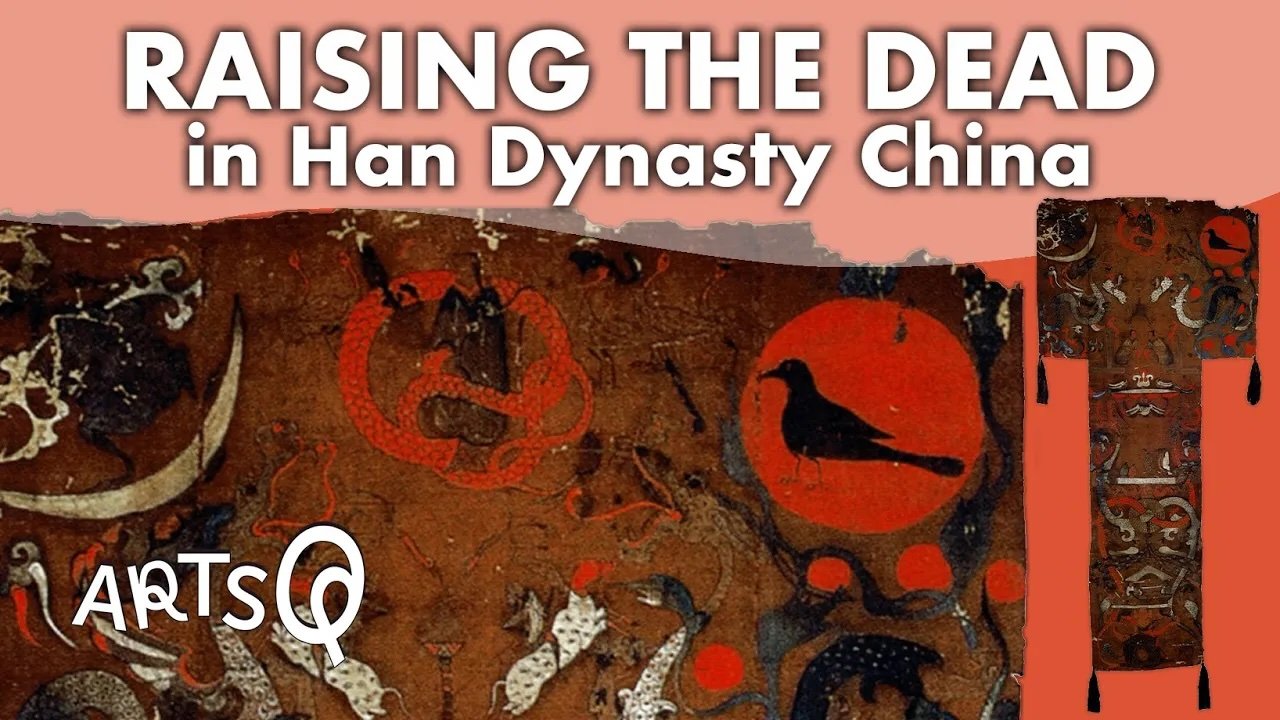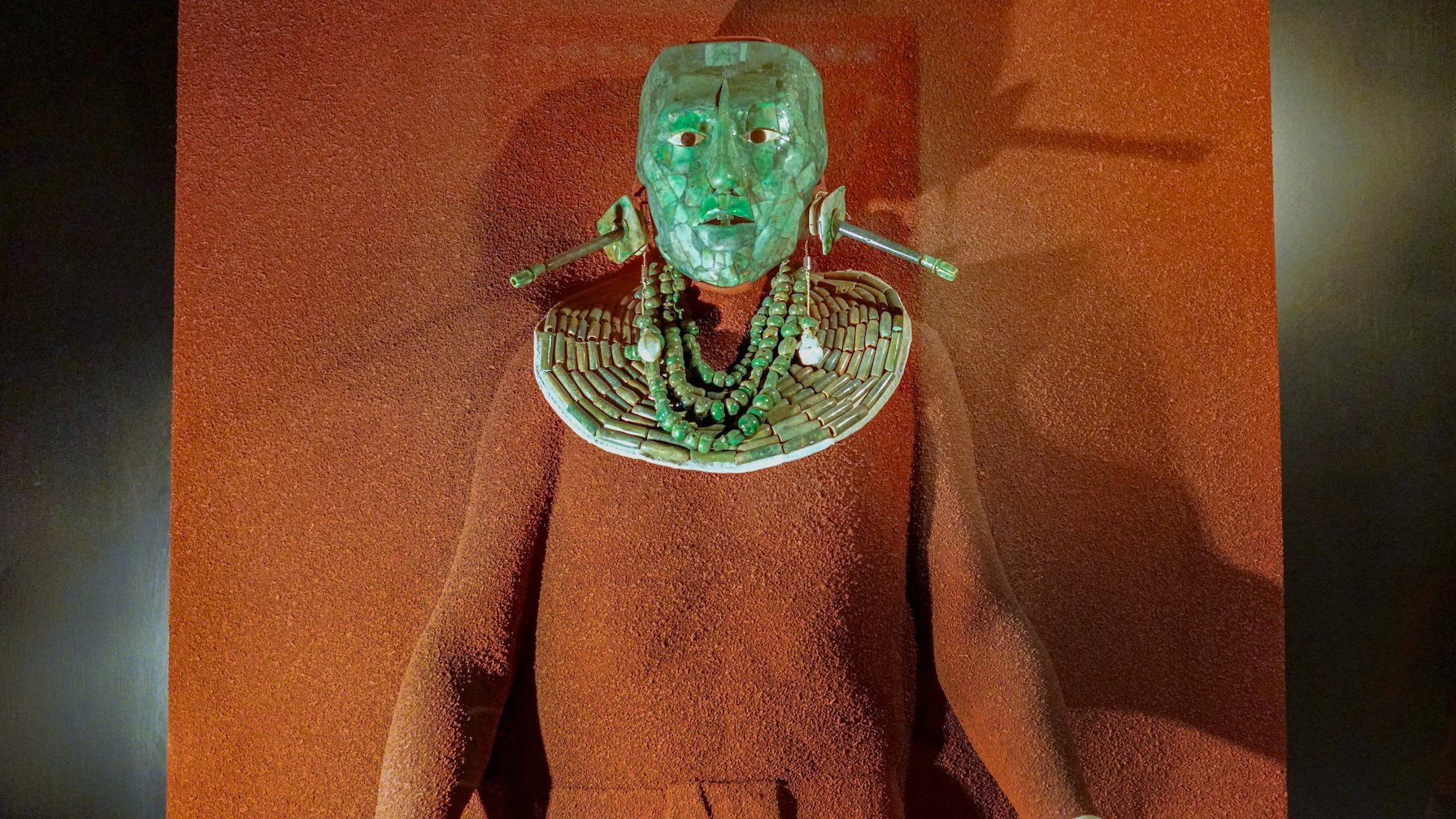
Chinese Music for the Dead: The Marquis Yi of Zeng’s Bells
In the 1970s, archaeologists in China made one of the most impressive archaeological discoveries in world history from the tomb of a marquis (the Marquis Yi of Zeng) who lived and died in south China in the 5th century BCE.

A symbol of Heaven? A Chinese jade bi disk
What can a jade disk crafted in Neolithic China tell us about the cosmos? These circular disks may be connected to early Chinese views of the universe that consisted of a square Earth and a round (circular) canopy that represented Heaven.

The Illusion of the Terracotta Army, Tomb of the First Emperor of China
The tomb of the First Emperor of China, who died in 210 BCE, was never excavated, but in the 1970s three pits were found nearby that contained a terracotta army! These pits contained over 8,000 life-size terracotta warriors lined up in trenches in military formation.

Predicting the future with turtle shells
How did ancient Chinese kings predict the future with turtle shells? Why did Shang dynasty king Wu Ding use turtle shells and animal bones to resolve his terrible toothache?

Five fun facts about the Tomb of Lady Dai (Xin Zhui)
This year archaeologists in China are celebrating the 52nd anniversary of the excavation of the Tomb of Xin Zhui (popularly known as “Lady Dai”) discovered at Mawangdui, in Hunan province, China in 1972. Over the next several months, we’ll be celebrating the excavation of Xin Zhui’s tomb in many different ways, but let’s start with five fun facts!

Learning about ancient Chinese bronze casting and the piece mold process
Did you know that around 4,000 years ago the ancient Chinese invented their own unique metallurgical technique to cast bronze objects?

Discovering an ancient Maya king’s tomb at Palenque
Deep in the thick rainforest of Chiapas, Mexico, archaeologist Alberto Ruz Lhuillier would stumble upon one of the greatest archaeological discoveries of the twentieth while digging at the ancient Maya site of Palenque: the tomb and sarcophagus of the ruler K’inich Janaab’ Pakal.
